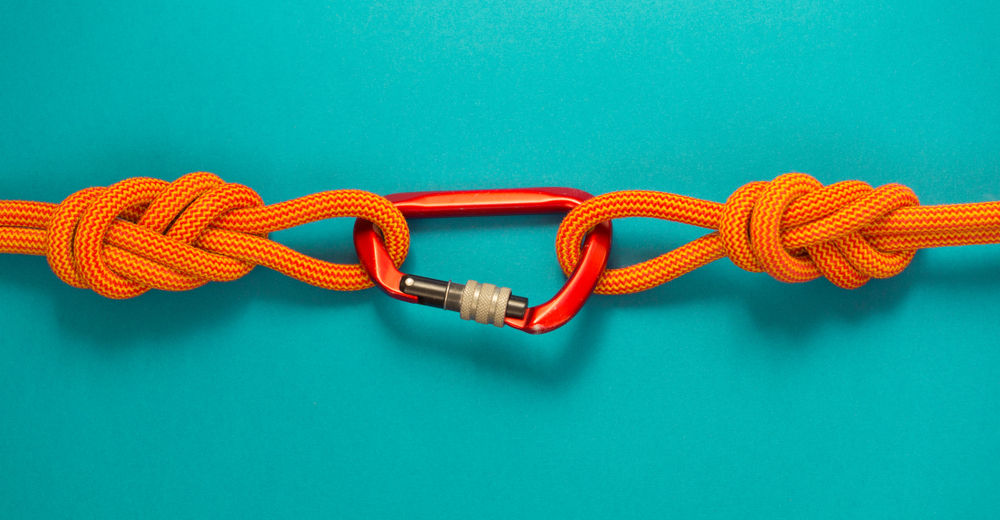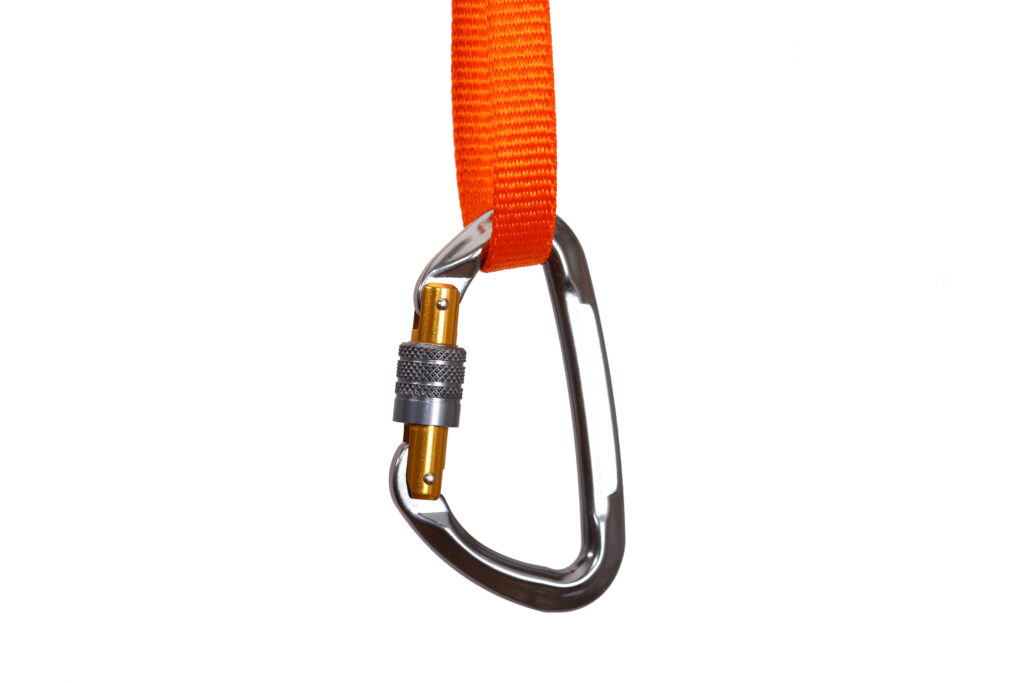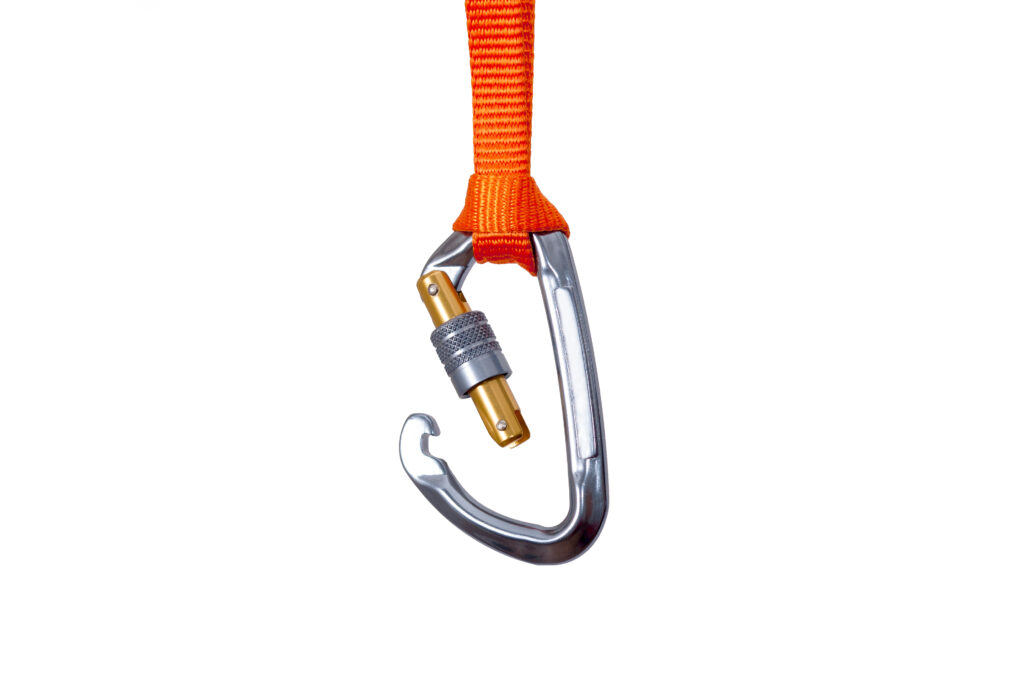
Whether you're a rock climber or a tree surgeon, no vertical ventures can be completed without the use of a reliable, safety-certified carabiner. These special shackles consist of a strong metal loop and gate that can be used to quickly, easily and safely attach climbing equipment and come in a variety of different colours and shapes to suit your requirements.
But what makes a carabiner better than the rest?
In our latest blog, Rope Warehouse lays out a few vital things to consider before you go ahead and clip your carabiner to any climbing, sailing or arboricultural gear. You can also discover a full range of climbing, rigging and accessory lines in our Arborist & Climbing range...
How Do I Know If A Carabiner Is Strong Enough For Climbing?
If you want to know if your new carabiner is suitable for climbing, check to make sure that it is CE EN and/or UIAA certified and you're pretty much good to go - providing you use your carabiner correctly, it's in good condition and your gear is being used as intended.
Check for CE EN 362, CE EN 12276 and UIAA 121 test standards in the product information that comes with your carabiner, such as those outlined on Rope Warehouse's CAMP - HMS 3 Lock Karabiner.
Where Can I Find The Carabiner Certification Number?
You can find the CE/UIAA codes on all certified carabiners by looking at the spine of the carabiner frame: this is the opposite side to the nose and gate opening. The CE or UIAA codes will be either forged or laser applied for you to see. Any carabiners that haven't been load-tested or tested to safety standards are usually stamped with a "Not For Climbing" warning.
Orientation Rating
Climbing-rated carabiners have to meet certain strength standards to ensure they don't fail while in use. Carabiners are therefore rated in different orientations to cover any loading eventuality. We'll guide you through the difference between Major Axis, Open Gate & Minor Axis orientations that your carabiner is tested according to. If you own a UIAA carabiner, you can view detailed information on all climbing fall tests that are carried out in the different orientations on UIAA's website.
Major Axis
The major axis of a carabiner is the strongest direction for loading and also the correct way to load your gear. Major axis loading can be identified when you see gear loaded onto the two longest sides of a carabiner.
Major Axis Strength Ratings:

Open Gate
If you're a rock climber, carabiners may open a little when pressed against uneven terrain or the angular faces of a rock. Instances of gate flutter, worn out gates or even gate failure may also cause your carabiner to open.
Open Gate Strength Ratings:

Minor Axis
The minor access refers to the shortest sides that gear can be unintentionally loaded onto. This is not the correct way to load your climbing gear, however, it is possible that lines become accidentally cross-loaded during a climb.
Minor Axis Strength Rating:

Can Carabiners Break When In Use?
Although safety guarantees outlined by different standards organisations may vary - for example UIAA state that carabiners will never break when tested with a free falling mass - in general, it's very rare for carabiners to fail. Usually breakages are the result of gear being used incorrectly such as on the nose of the carabiner, which is the weakest part for the design.